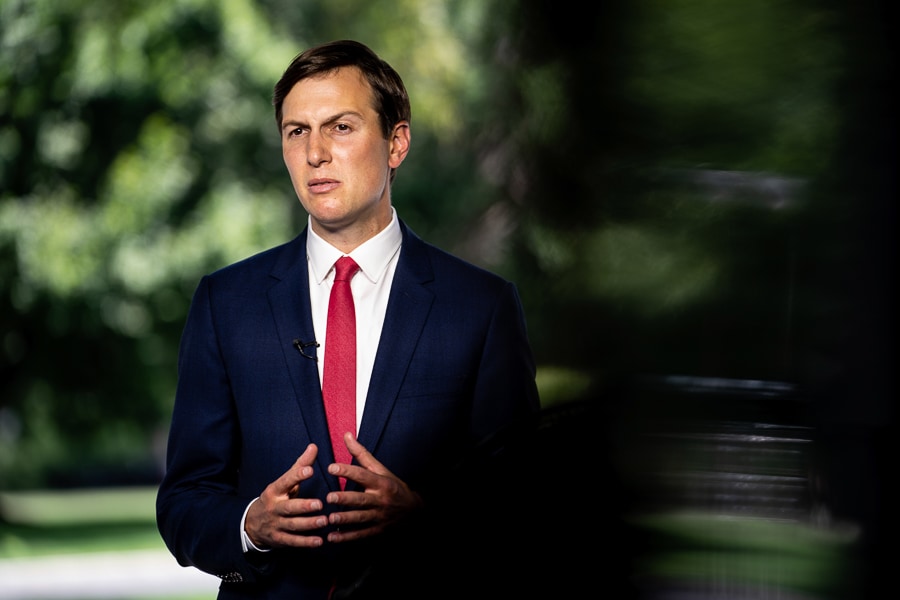
How Jared Kushner washed his hands off Donald Trump after Jan 6
While the former president's son-in-law had arguably been the most influential adviser to the president through four years, he chose at that pivotal moment to focus instead on his personal project of Middle East diplomacy
 Jared Kushner, then a senior advisor to President Donald Trump, speaks during a television interview at the White House in Washington on Aug. 14, 2020. The role played by Kushner could come into sharp relief once the congressional committee investigating the Jan. 6, 2021, attack on the Capitol opens public hearings this week. (Erin Schaff/The New York Times)
Jared Kushner, then a senior advisor to President Donald Trump, speaks during a television interview at the White House in Washington on Aug. 14, 2020. The role played by Kushner could come into sharp relief once the congressional committee investigating the Jan. 6, 2021, attack on the Capitol opens public hearings this week. (Erin Schaff/The New York Times)
WASHINGTON — On Nov. 5, 2020, barely 24 hours after President Donald Trump claimed that “frankly, we did win this election,” Jared Kushner woke up and announced to his wife that it was time to leave Washington. “We’re moving to Miami,” he said.
The election had not even been called for Joe Biden, but as Kushner later told the story to aides and associates, the White House’s young power couple felt no need to wait for the official results. They saw which way the votes were going and understood that the president had lost his bid for a second term.
No matter how vociferously Trump claimed otherwise, neither Kushner nor Ivanka Trump believed then or later that the election had been stolen, according to people close to them. While the president spent the hours and days after the polls closed plotting a strategy to hold on to power, his daughter and son-in-law were already washing their hands of the Trump presidency.
Their decision to move on opened a vacuum around the president that was filled by conspiracy theorists like Rudy Giuliani and Sidney Powell, who relayed to Trump false stories of dead voters, stuffed ballot boxes, corrupted voting machines and foreign plots. Concluding that the president would not listen even to family members urging him to accept the results, Kushner told Trump that he would not be involved if Giuliani were in charge, according to people he confided in, effectively ceding the field to those who would try to overturn the election.
While the president’s son-in-law had arguably been the most influential adviser to the president through four years, he chose at that pivotal moment to focus instead on his personal project of Middle East diplomacy. He returned to the region to meet with figures who would also be helpful to him later in making money after leaving the White House.
©2019 New York Times News Service







